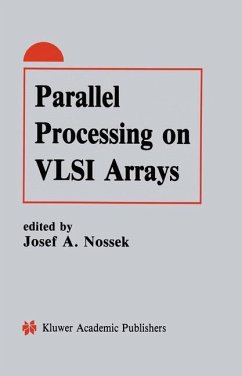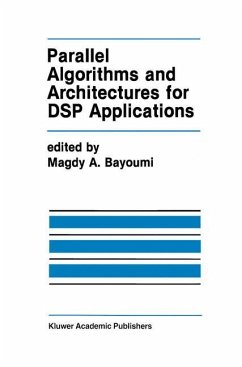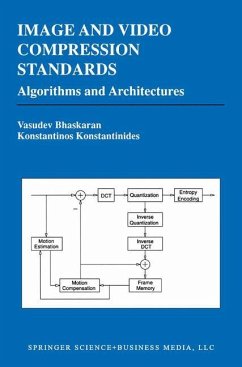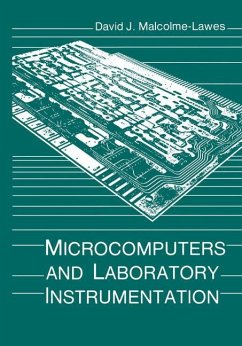This book is an edited selection of the papers presented at the International Workshop on VLSI for Artiflcial Intelligence which was held at the University of Oxford in July 1988. Our thanks go to all the contributors and especially to the programme committee for all their hard work. Thanks are also due to the ACM-SIGARCH, the Alvey Directorate, the lEE and the IEEE Computer Society for publicising the event and to Oxford University for their active support. We are particularly grateful to David Cawley and Paula Appleby for coping with the administrative problems. Jose Delgado-Frias Will Moore October 1988 Programme Committee Igor Aleksander, Imperial College (UK) Yves Bekkers, IRISA/INRIA (France) Michael Brady, University of Oxford (UK) Jose Delgado-Frias, University of Oxford (UK) Steven Krueger, Texas Instruments Inc. (USA) Simon Lavington, University of Essex (UK) Will Moore, University of Oxford (UK) Philip Treleaven, University College London (UK) Benjamin Wah, University of Illinois (USA) Prologue Research on architectures dedicated to artificial intelligence (AI) processing has been increasing in recent years, since conventional data- or numerically-oriented architec tures are not able to provide the computational power and/or functionality required. For the time being these architectures have to be implemented in VLSI technology with its inherent constraints on speed, connectivity, fabrication yield and power. This in turn impacts on the effectiveness of the computer architecture.








